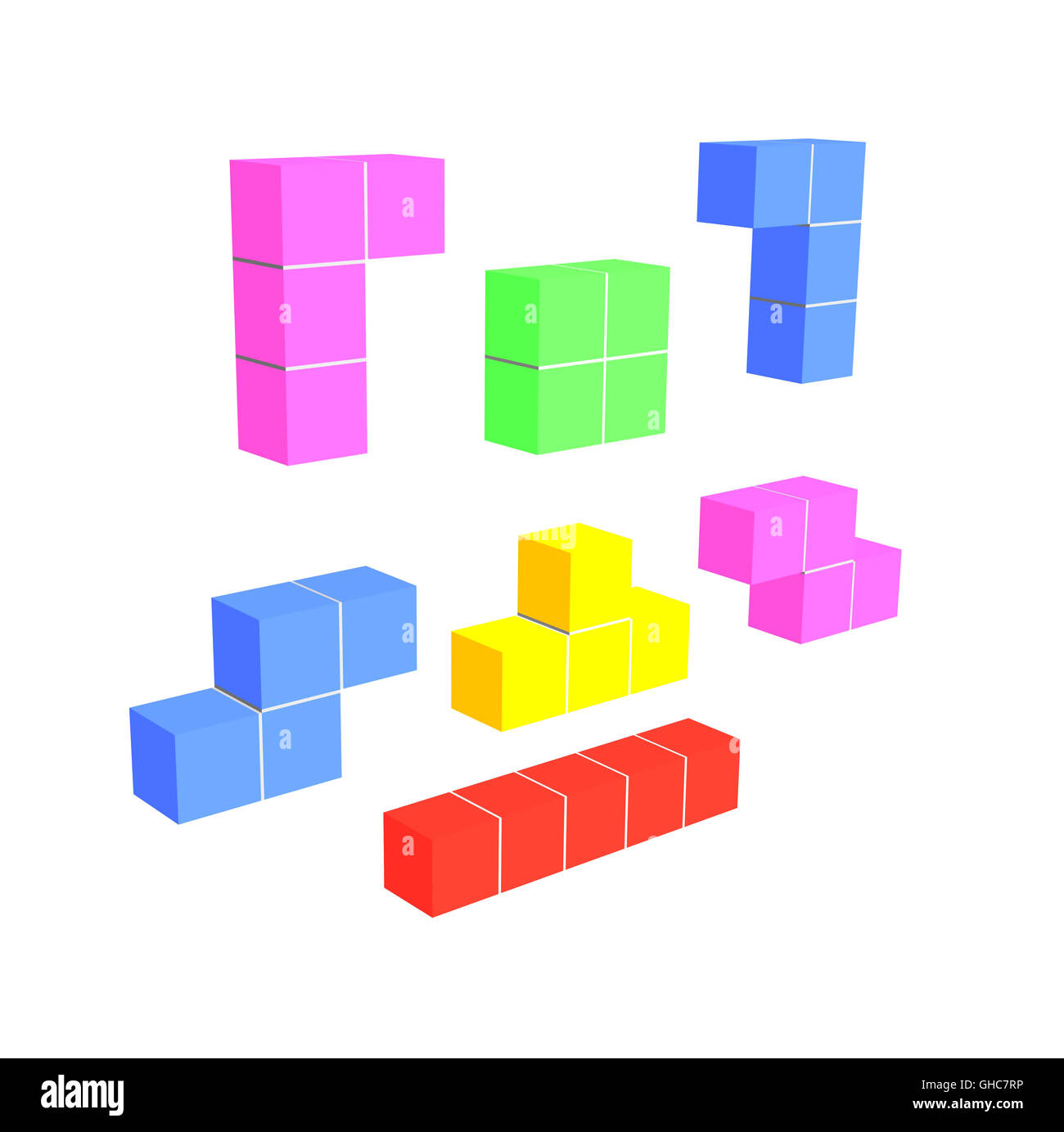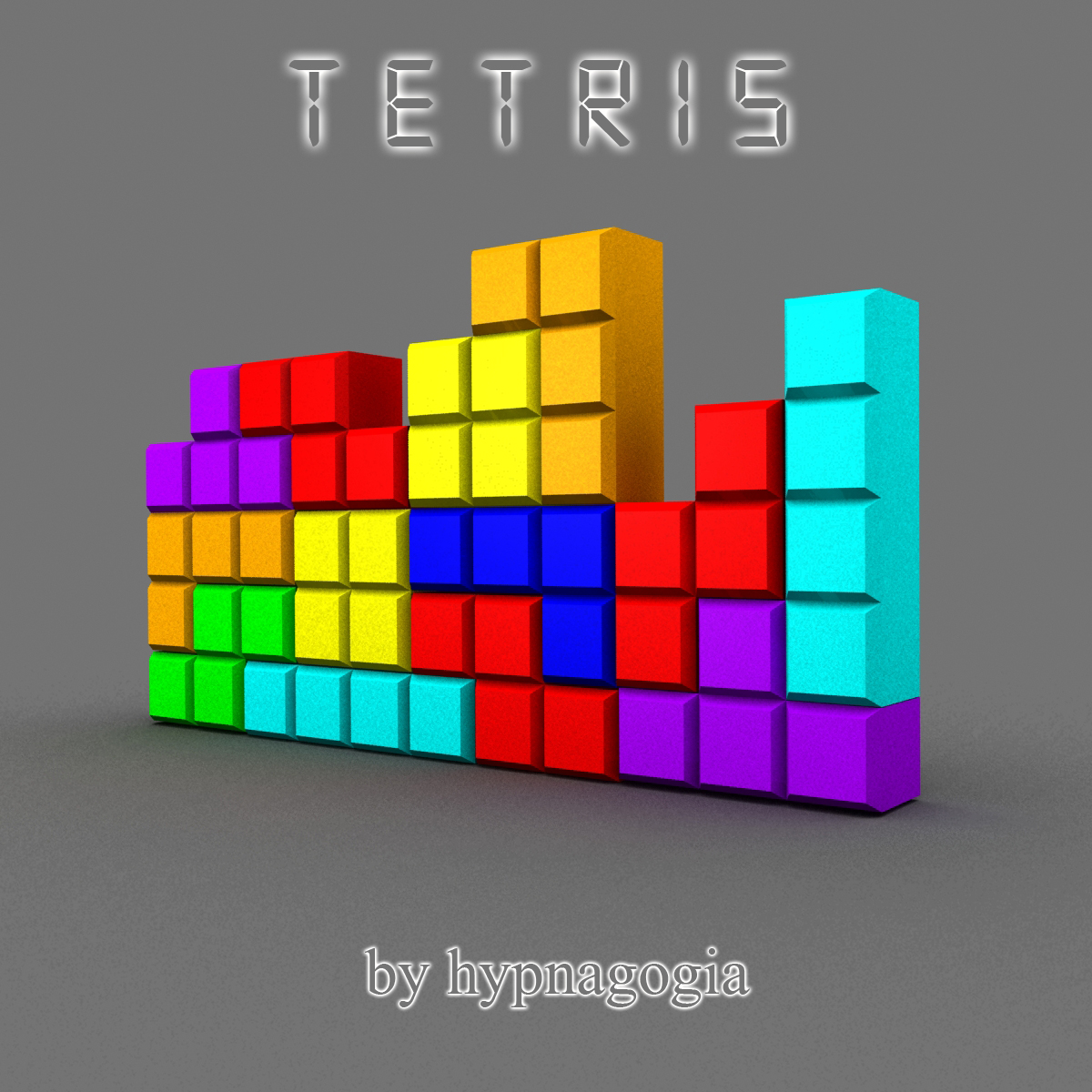

The reviewer felt however that the 3D was done well, and that the perspective added "intrigue and difficulty".

A reviewer for magazine Videogames felt that putting Tetris in 3D did not add value to the game and made a "simple concept" less appealing. Entertainment Weekly had even harsher criticism, calling it a "logy, eye-straining, desperate-to-please variant" of the Blockout game that came before it. His views of the graphics were hardly better he called them "vector graphic with some shading". He criticized the control scheme and brushed off the 3D effects as somewhat superfluous. Aaron Curtiss, writing for The Los Angeles Times, said that 3D Tetris "adds nothing to the original and leaves players feeling cheated". ReceptionģD Tetris received a mixture of positive and negative reviews. It was the last game released on the Virtual Boy in North America. The game contains 30 different block types, and renders each one as a 3D wire-frame model until they fall to the bottom of the well, where their faces are filled in. Like all other Virtual Boy games, 3D Tetris uses a red-and-black color scheme and uses parallax, an optical trick that is used to simulate a 3D effect. A version was planned for Japanese markets entitled Polygo Block ( ポリゴブロック, Porigo Buroku), meaning literally Polygonal Block and was to be released in February 1996, but was never released. DevelopmentģD Tetris was developed by T&E Soft for release in the United States. 3D Tetris includes an option to save high scores and names entered from the 3-D Tetris and Center-Fill modes, along with progress in the Puzzle mode, to a battery backup.

If an incorrect shape is placed, the game is over. At the end of each stage, a "stage-ending animation" is displayed.

The player is tasked with getting to the highest stage possible by placing blocks in the displayed shape to progress to the next stage. In the Puzzle mode, a shape is displayed in the Well at the beginning of each stage. Its other gametype, Clear It!, requires the player to clear ten symmetrical layers on each stage to progress to the next stage. In both Type A and Type B, the score is divided by the number of blocks dropped into the center squares. New obstacle blocks appear as the player makes a layer disappear, and bonus points are scored as the level increases. One of its gametypes, Type A, requires the player to complete as many symmetrical layers as possible, gaining points another gametype, "Type B", is similar to Type A but includes obstacles that stop blocks from being placed in their location. Like the 3-D Tetris mode, layers will be lost if the blocks go over the top of the Well, and the game's over when all layers are lost. A symmetrical pattern is indicated by a "Formation symbol" shown in the HUD's radar, as well as the player's score. Points are gained based on the number of blocks in, the complexity of and the height of the symmetrical layer. If a block is placed in a layer's center block, it disappears, and any other blocks in the layer will also disappear if they have been successfully placed in a symmetrical pattern. In the Center-Fill mode, the player places blocks in symmetrical patterns around center blocks placed in each of the Well's layers. One of its gametypes, "Type A", requires the player to gain as many points as possible, and its other gametype, "Clear It!", contains multiple stages which the player progresses through by clearing five layers on each stage. The game is over when the final layer is lost. If blocks stack over the top of the Well, the number of layers will go down by one. In the 3-D Tetris mode, a layer disappears when it's filled with blocks, scoring the player points which are displayed in the HUD. Each mode's HUD displays a "radar" which provides information about each of the Well's five layers, as well as the next block to fall, which is represented by a "block character". The game's camera continually adjusts itself, but the player can manually readjust it. Each block displays a shadow underneath it which indicates where it will land. Each mode contains a "Well", which itself contains 5 vertical layers that the player must fill with falling three dimensional blocks that can be rotated horizontally and vertically, as well as positioned in four different directions. The difficulty changes which types of block fall. The player can choose multiple different levels for each of these modes, which change the speed at which the blocks fall, as well as choose three difficulty settings easy, medium and hard. The game contains multiple different modes "3-D Tetris", "Center-Fill" and "Puzzle", each having different gametypes. 3D Tetris is a Puzzle game that uses a three-dimensional playing field as opposed to the traditional two dimensions used in other versions of Tetris.


 0 kommentar(er)
0 kommentar(er)
